Monsignor de Canillac’s macchina for the Festa in Piazza Farnese to Honour the Marriage of the Dauphin of France and the Infanta of Spain in 1745
Abstract
Giovanni Paolo Panini’s unfinished Festa in Piazza Farnese to Honour the Marriage of the Dauphin of France with the Infanta of Spain, recently exhibited at the Getty Museum in the exhibition Eyewitness Views: Making History in Eighteenth-Century Europe, was made for the commissioner of the festa, Monsignor de Canillac. It shows the macchina as executed, which differed in a number of ways from the print by Louis-Joseph Le Lorrain, a pensionnaire at the French Academy in Rome, which was published in advance of its construction. Because the festa was delayed, the first macchina of the festival of the Chinea for Prince Colonna, which took place in the same piazza, was scrapped and replaced by one that re-used the armature of Canillac’s macchina. It is possible to infer the approximate form of this armature, part of which is visible in the painting (but not the print) as a tree-trunk. This raises the question of the nature of the second Chinea macchine, which were the main feature of the second day of the festival: after 1751 they re-used the armature of the first macchina, but prior to this many, if not all, may have been paintings rather than architectural structures.
The second Chinea macchina of 1745, designed by Le Lorrain, along with his designs in the following years, have long been considered to be radical new statements of a proto-neoclassicsm inspired by Piranesi. Both the director of the French Academy, Jean-François de Troy, and Panini’s fellow painter Giuseppe Ghezzi were critical of the Canillac macchina and of Panini, who was in part responsible for its design, although his son Giuseppe was the architect in charge of construction. This critical hostility can be traced to Panini’s changing relationship with the French Academy and their differing conceptions of ephemeral architectural design. Panini conceived of festival designs unarchitectonically and pictorially, whereas the French pensionnaires saw them as opportunities to experiment with innovative architectural design that would eventually lead to the betterment of French architecture.
Full Text
PDF (English)DOI: https://doi.org/10.14633/AHR070
Refback
- Non ci sono refbacks, per ora.
Copyright (c) 2018 David Marshall

This work is licensed under a Creative Commons Attribution-NonCommercial 4.0 International License.
........................................................................................................................................................................................................................................................................................................................................................
ArcHistoR è una rivista open access e peer reviewed (double blind), di Storia dell’architettura e Restauro, pubblicata dall’Università Mediterranea di Reggio Calabria con cadenza semestrale.
ISSN 2384-8898
![]()

Comitato scientifico internazionale
Maria Dolores Antigüedad del Castillo-Olivares, Monica Butzek, Jean-François Cabestan, Alicia Cámara Muñoz, David Friedman, Alexandre Gady, Jörg Garms, Miles Glenndinning, Mark Wilson Jones, Loughlin Kealy, Paulo Lourenço, David Marshall, Werner Oechslin, José Luis Sancho, Dmitrij O. Švidkovskij
Comitato direttivo
Tommaso Manfredi (direttore responsabile), Giuseppina Scamardì (direttrice editoriale), Antonello Alici, Salvatore Di Liello, Fabrizio Di Marco, Paolo Faccio, Mariacristina Giambruno, Bruno Mussari, Annunziata Maria Oteri, Francesca Passalacqua, Edoardo Piccoli, Renata Prescia, Nino Sulfaro, Fabio Todesco, Guglielmo Villa
 .
. 


2.jpg)
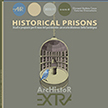
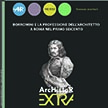


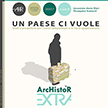
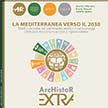
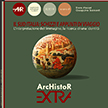
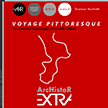
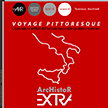
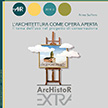
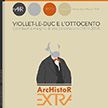
_2.jpg) .
. 
 .
. 

